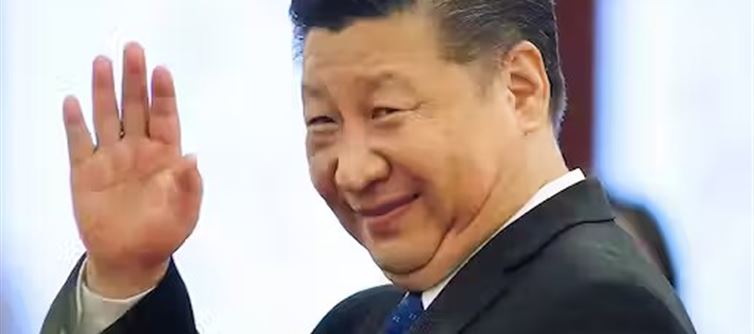
When even your “all-weather friend” slams the brakes, you know the ride is over. That’s precisely what has happened with Pakistan’s flagship railway project under the China–Pakistan Economic Corridor (CPEC). beijing has quietly stepped back from funding the Karachi–Rohri stretch of the ML-1 upgrade, leaving Islamabad scrambling to the Asian Development bank (ADB) for a $2 billion rescue.
This is no minor hiccup. The ML-1 was paraded for years as the spine of Pakistan’s economic revival, the symbol of a “new Silk Road” binding pakistan and china in steel and concrete. Instead, it now stands as a monument to over-promising, under-delivering, and piling up debt faster than trains can run.
China’s retreat isn’t sudden whimsy. For years, beijing has been nursing bruises from Pakistan’s inability to pay back power dues, ballooning project costs, and the constant specter of violence in Balochistan. The Chinese may love rhetoric about “iron brotherhood,” but they are ruthless accountants at the end of the day.
Turning to the ADB is not just financial housekeeping—it’s a symbolic downgrade. Multilateral banks come with stricter terms, competitive bidding, and transparency demands, stripping Islamabad of the “easy money, no-questions-asked” model that CPEC once promised.
What makes this episode sting more is timing. As pakistan lurches deeper into external debt (hovering around $130 billion), India–China ties are quietly warming over trade and investment. If beijing is willing to shelve billion-dollar dreams in pakistan while shaking hands with Delhi, Islamabad should ask itself whether the “iron brother” relationship has rusted.
The real takeaway? CPEC was never a free lunch. It was credit, dressed up as friendship. And now that even china is stepping aside, pakistan finds itself learning a bitter truth: the world only backs those who can pay their bills.




 click and follow Indiaherald WhatsApp channel
click and follow Indiaherald WhatsApp channel